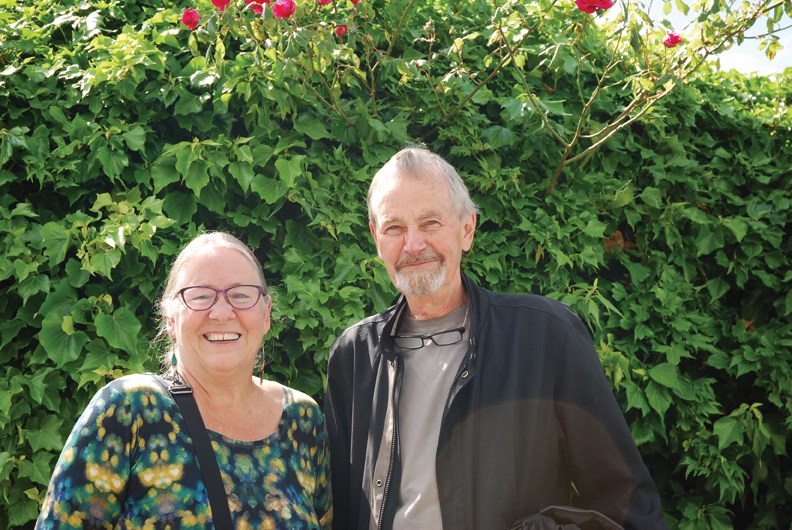The Restorative Justice Program of the Sunshine Coast is offering to help bring people together in “peacemaking circles.”
Restorative justice already has a long history of success on the Sunshine Coast with initiatives tied to the criminal justice system and in the schools.
But Restorative Justice Program chair Nancy Denham told Coast Reporter they’ve been getting requests for something that could help people resolve conflicts that don’t necessarily have a legal component or guide them through “difficult conversations which arise in our social relationship with one another.”
Denham said they’ve been working with restorative justice experts at Simon Fraser University and others to get local volunteers trained to lead the peacemaking circles, as “circle keepers.”
She can’t give details, but Denham said the circle approach has already been used by “an organization going through some major changes” and by a group she’s part of that’s been trying to foster reconciliation with First Nations.
Bill Prowse, an assistant coordinator with the Restorative Justice Program, said a key difference between the peacemaking circles and the work they do with the RCMP and School District No. 46 (SD46) is how a circle gets initiated. Prowse explained that RCMP or school officials can put a conflict on the restorative justice track, but with a peacemaking circle the people directly involved have to come forward.
He said there’s typically a “process before the process,” and when someone first approaches them he likes to arrange an informal meeting to get a sense of who the players are, and whether the process will even suit a restorative justice approach.
For example, many people might think a typical neighbour dispute would be a perfect situation to bring to a peacemaking circle. But Prowse said his experience as a community facilitator on the Lower Mainland taught him that some are just “intractable” and likely won’t be good candidates for a circle approach.
Prowse also said the circles are a bit more flexible than the “institutional” restorative justice conferences, while at the same time giving direction and focus to a tough discussion. “In a regular group conversation, Person A might say something that triggers a person who jumps right in. In a circle, three or four people may get to speak before the talking piece comes round to the ‘triggered’ person, and by then their feelings may have changed.”
Denham said the next steps for expanding their use of peacemaking circles is to get the newly trained circle keepers together for a circle of their own to hash out how best to move forward.
For now, offering the peacemaking circles will be done under the Restorative Justice Program’s existing budget. The group operates on about $35,000 a year drawn from provincial gaming grants, a $10,000 contribution from Sechelt’s traffic fine revenue, and grants from SD46, other local governments and the provincial Ministry of Justice.
Denham and Prowse said they hope the amount of provincial funding will be going up. Representatives from restorative justice programs around B.C., including the Sunshine Coast’s, are working to convince the province to provide stable long-term funding for restorative justice.



